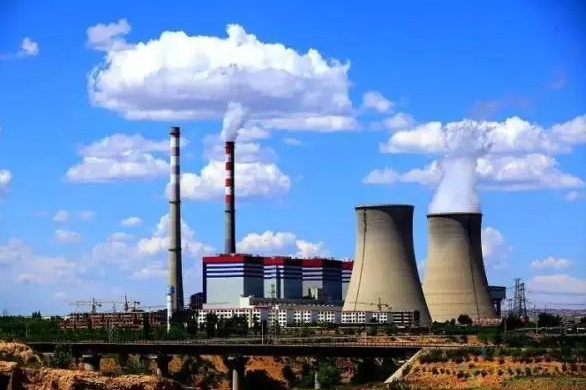China began building coal-fired plants with a total capacity of 37 GW in the first half of this year, and approved 52 GW of new projects, said a report by the Centre for Research on Energy and Clean Air (Crea) and Global Energy Monitor (GEM).
As well as the 243 GW now officially in the pipeline, another 149 GW has been announced but not formally permitted. Total coal power capacity could increase by between 23 per cent and 33 per cent above 2022 levels if all the projects go ahead.
China has promised to cut coal consumption starting from 2026 as part of its efforts to bring greenhouse gas emissions to a peak before 2030, but mounting energy security concerns are driving the new approvals.
“The coal power spree is a last-minute push by China’s coal industry to lock in capacity and emissions before China’s CO2 emissions are due to peak late this decade,” said Mr Lauri Myllyvirta, lead analyst at Crea.
China’s new coal-fired plants are supposed to provide back-up for the vast amount of new renewable energy sources being connected to the grid, but Crea-GEM said most of them are in places that “already have more than enough coal power” to support renewable projects.
China has bristled at suggestions it is backsliding on clean energy commitments, with officials arguing it has been managing the green transition far more effectively than any other country at a similar stage of development.
In an article that was later deleted, chief energy official Dr Zhang Jianhua this month accused “foreign hostile forces” of using the challenges of decarbonisation to “distort and slander” China’s energy policies.
“Energy policy has been one of the areas where public discussion and debate has still been possible, helping inform policymaking,” said Mr Myllyvirta. “The NEA’s desire to tighten the control of the media and the narrative is of course concerning.”
